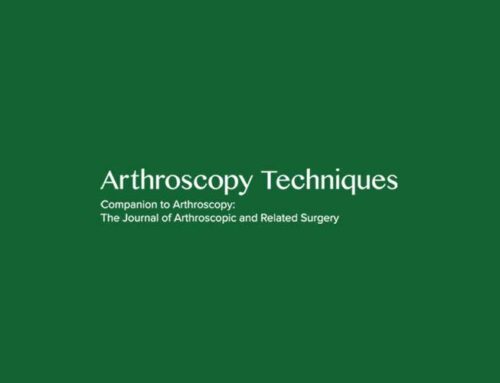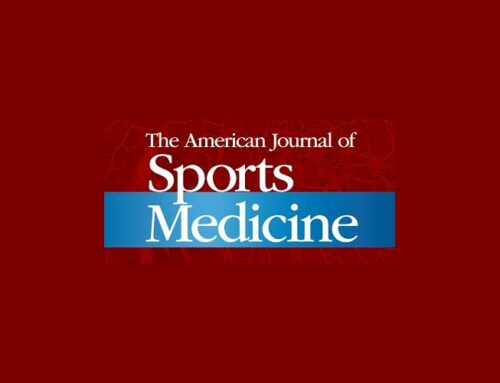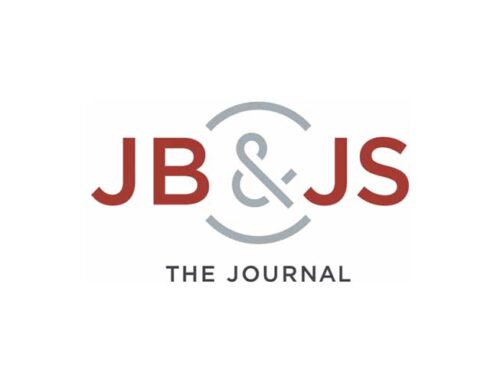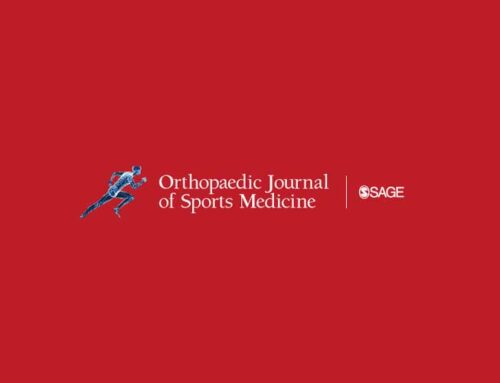BACKGROUND:
Hip arthroscopy has become an established procedure for certain hip disorders. Complications of hip arthroscopy have been characterized in adult populations, but complications in children and adolescents have not been well described. The purpose of this study was to characterize complications of hip arthroscopy in children and adolescents.
METHODS:
The study design was a retrospective review of 218 hip arthroscopies in 175 patients aged 18 years old and younger over a 9-year period by a single surgeon at a tertiary-care children’s hospital. Patient demographics, indications for surgery, and complications after surgery were recorded. Indications for surgery included: isolated labral tear (n=131), labral tear with concomitant hip disorder (n=37), Perthes disease (n=10), hip dysplasia (n=5), juvenile rheumatoid arthritis (n=3), loose bodies (n=3), osteochondral fracture (n=3), synovitis (n=2), avascular necrosis (n=1), chondral lesion (n=1), iliopsoas tendinitis (n=1), and slipped capital femoral epiphysis (n=1).
RESULTS:
The overall complication rate in the study population was 1.8%. Complications of arthroscopy included: transient pudendal nerve palsy (n=2), instrument breakage (n=1), and suture abscess (n=1). No cases of proximal femoral physeal separation, osteonecrosis, or growth disturbance were noted.
CONCLUSIONS:
Hip arthroscopy in children and adolescents seems to be a safe procedure with a low complication rate similar to adults.
LEVEL OF EVIDENCE:
IV (case series).
View: Complications of hip arthroscopy in children and adolescents



